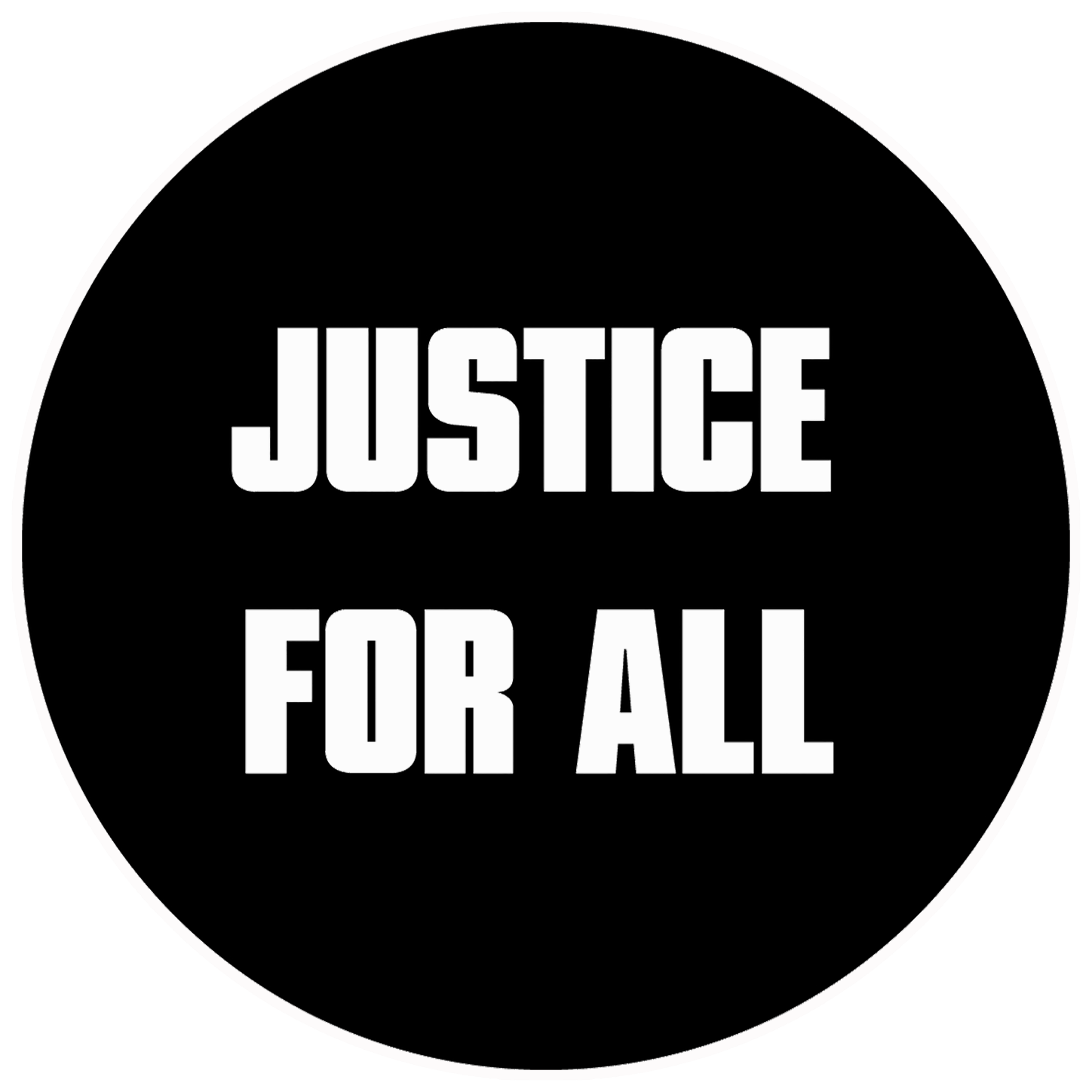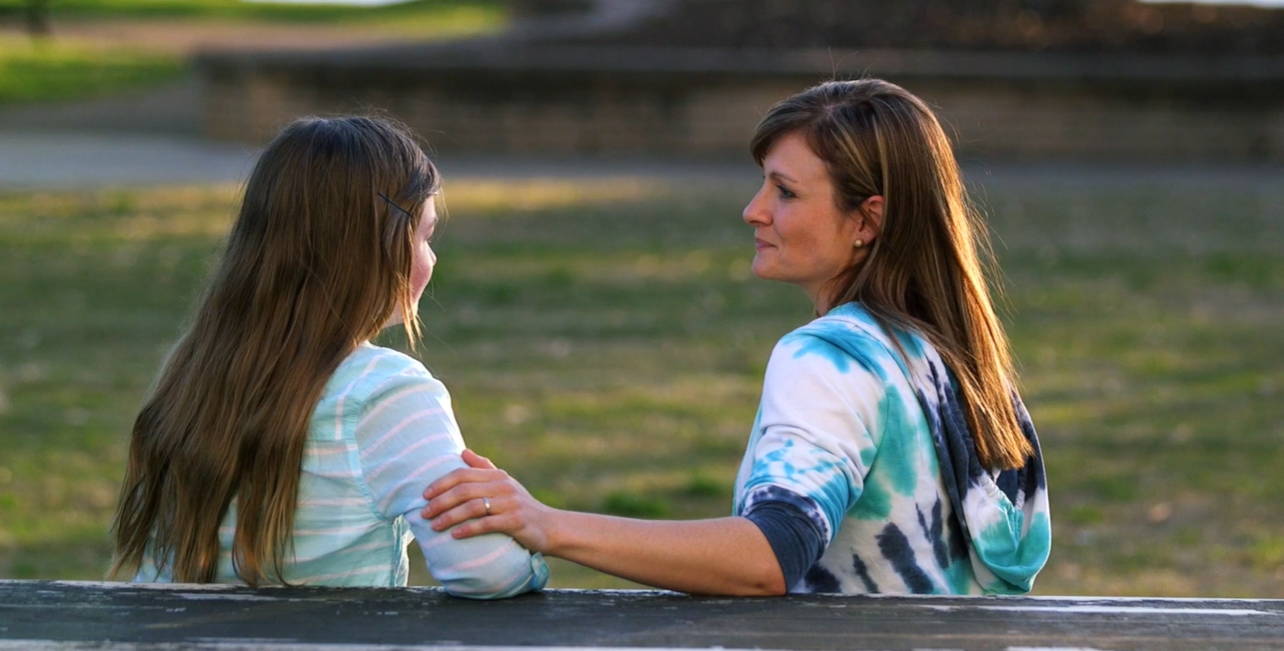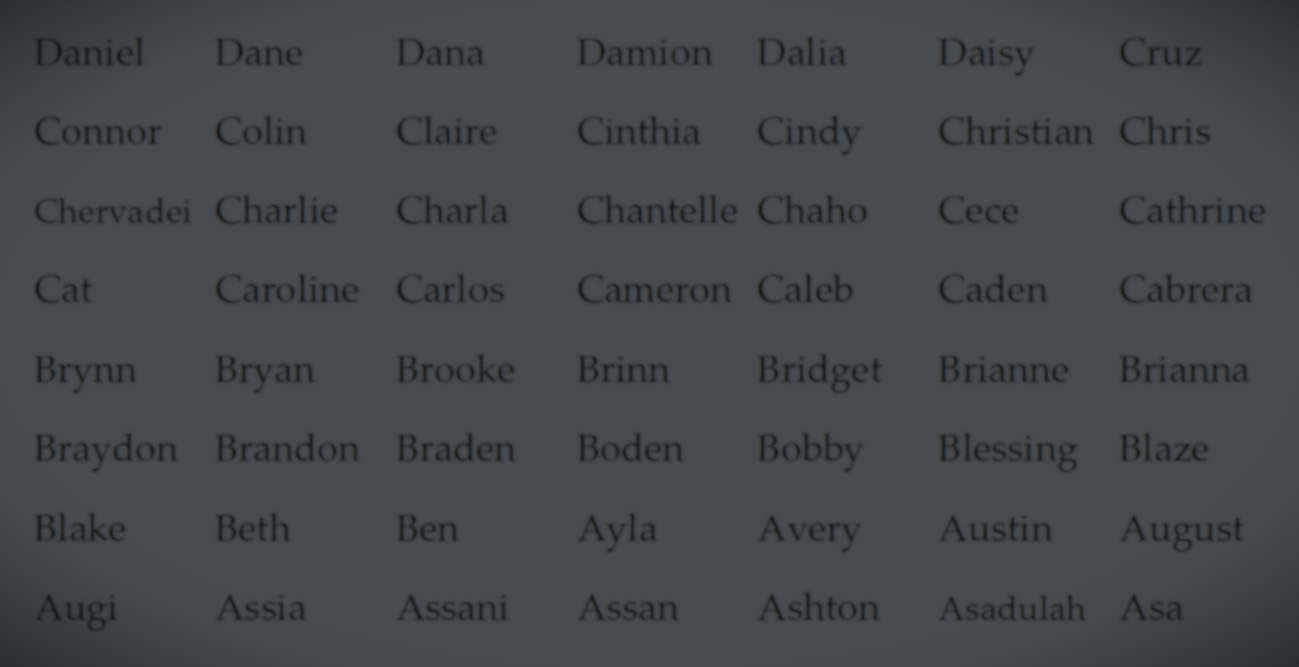On June 24 when the Supreme Court of the United States handed down its decision in Dobbs v. Jackson Women's Health Organization, the Court made a significant correction and a step toward justice.
This case centered around a 2018 Mississippi law that banned abortions after 15 weeks. The law sparked litigation that challenged the constitutionality of such a ban because Roe v. Wade and Planned Parenthood v. Casey claimed abortion was a constitutional right well beyond 15 weeks. After hearing the Dobbs case in December 2021, the U.S. Supreme Court ruled 6-3 upholding Mississippi’s abortion law, and ruled 5-4 to strike down Roe and Casey.
Justice Alito wrote the majority opinion and said,
“We therefore hold that the Constitution does not confer a right to abortion. Roe and Casey must be overruled, and the authority to regulate abortion must be returned to the people and their elected representatives.” (Dobbs, p. 69)
On June 25 the Wall Street Journal Weekend Edition captured these powerful photographs showing the division on this topic.
As we look back on the past 49 years with Roe in place, we are thankful that our nation finally recognized that the Roe decision was egregious and faulty. Overturning Roe was a significant step toward a more just society.
While it is worthwhile to take some time to reflect and celebrate, that time is short. We need to double down and focus on reaching our communities with the message that every human being, born and unborn, deserves equal protection from violence. We need to focus on serving families in our communities, especially women in need that are all alone in raising their children.
It’s as important as ever to actively, boldly, and faithfully engage our college campuses and wider culture with truth. We are gearing up for the fall semester. Our travels will take us across the country to talk with students and many others about the grave evil of abortion and the great value of unborn children. As we engage, we will continue to eagerly love babies, mothers, and those with whom we disagree.
“Conduct yourselves with wisdom toward outsiders, making the most of the opportunity. Your speech must always be with grace, as though seasoned with salt, so that you will know how you should respond to each person.
”
Colossians 4:5-6 holds much wisdom for us in this time. We need to use great care in how we talk to each person about Roe and the state of abortion in this country. Many people are celebrating. Many others are grieving. People with different experiences and backgrounds require a careful approach that is gentle, compassionate, and truthful. We need to dig deeper to discover underlying issues that form people’s views on abortion. May we be quick to listen, slow to speak, and slow to anger (James 1:19-20) so that people feel safe to transform their views about unborn human beings.
We are grateful for every person who has taken time to get trained to communicate well about abortion. We are also grateful for every person that has taken time to reach out to someone to have a conversation about abortion even when it has been uncomfortable.
The Justice For All team is excited to train and impact many more pro-life advocates during this critical time in history. We are deeply committed to training these advocates to speak the truth in love and treat each person we meet with gentleness and respect. This will create a world that is more just and more safe for every human being. We expect the Dobbs decision to save many lives. There are, however, many more lives that can only be saved when abortion becomes truly unthinkable for more people in our country. These efforts continue to be Justice For All’s main focus.
By training individual advocates and connecting personally with those who disagree, Justice For All has been focused on planting tens of thousands of seeds throughout our nation. We fully trust that God will continue to nourish and grow those seeds into something beautiful. Thank you for standing with us in this important movement and for your part in making this work possible.
Sincerely,
The Justice For All Staff












